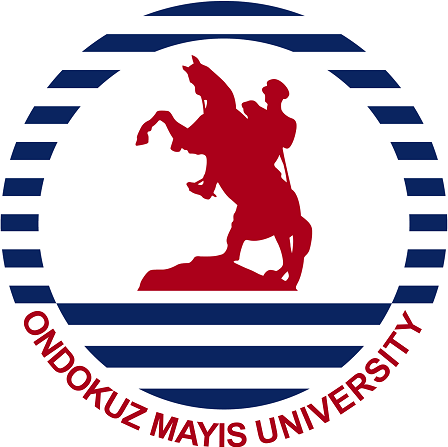OMU Faculty of Health Sciences Department of Orthotics and Prosthetics was established with the letter dated 20.03.2019 and numbered 75850160-21146 received from the Presidency of the Council of Higher Education. Our department, which was established as the second among state universities, has 2 faculty members and 2 lecturers. Our department, which will accept its first students in the 2020-2021 academic year, has 1 fully equipped orthosis laboratory and 1 prosthesis laboratory. Orthoses are made of materials such as metal, leather and plastic designed specifically for the person's body to achieve one or more of the goals of controlling biomechanical smoothness, correcting or accommodating a deformity, protecting and supporting an injury, assisting in rehabilitation, reducing pain, increasing mobility or increasing independence. They are corrective and supportive tools. A prosthesis is an artificial device used to replace an artificially made limb or part of the body that is missing due to amputation or lack of development. The body part damaged due to various accidents, circulatory disorders, tumors or neurological reasons is surgically removed in order to preserve the health of the remaining body parts. By applying prostheses that mimic the function and shape of this organ, it is aimed for the individual to live an independent life and maintain its functionality. prosthetist Orthotists (Prosthesis / orthosis specialist) evaluate the patient according to anatomical and biomechanical principles, determine their needs, select, design and make the appropriate orthosis-prosthesis with the right material, also supervise its construction, evaluate the orthosis-prosthesis on the patient, ensure patient orthosis-prosthesis compatibility, use new materials. He is a health professional who follows and uses technologies in his professional practice and plays an active role in their development. prosthetist Orthotists develop orthotics/prostheses to contribute to the treatment of a wide variety of clients, such as children born with congenital limb deficiency or cerebral palsy, people with amputation after an accident, patients with muscle weakness after stroke or spinal cord injury, patients with diabetic foot ulcers or patients who have lost limbs as a result of vascular disease . , design and implement.
About Us
